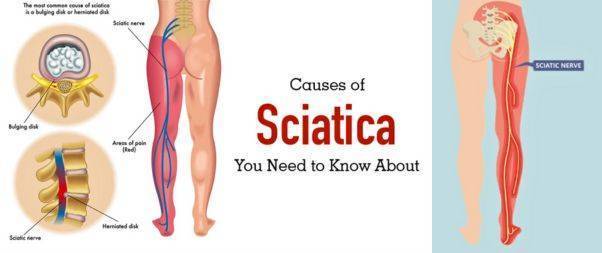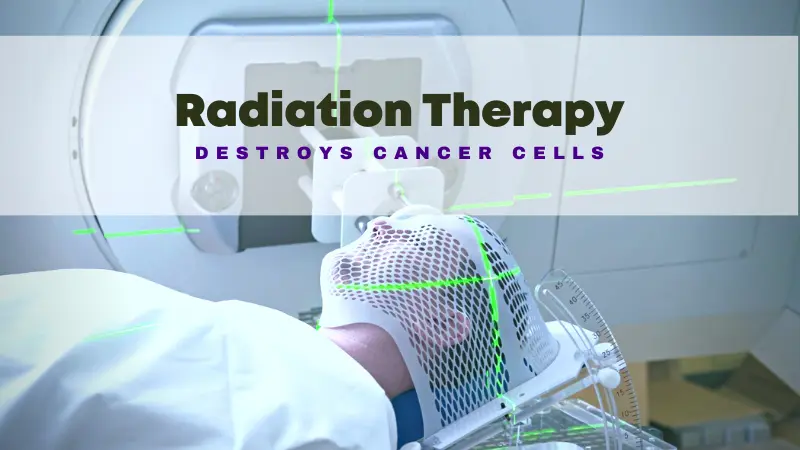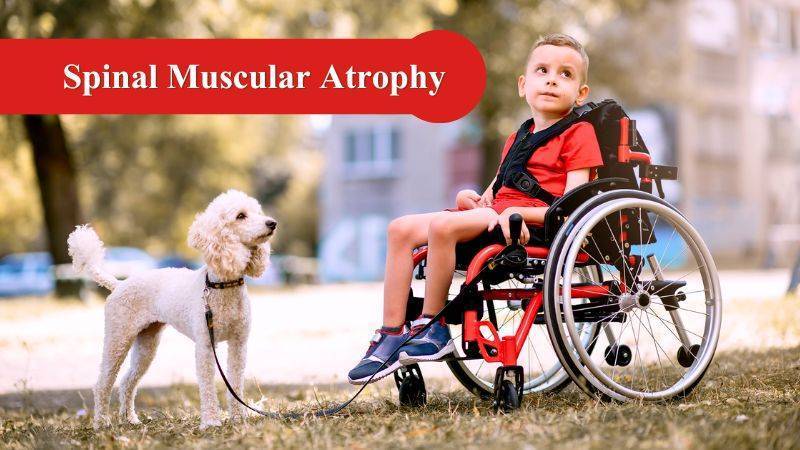If you start feeling pain in your lower back or buttock that travels down your leg, you might have Sciatica.
Sciatica can be a debilitating condition that affects many individuals, causing pain and discomfort along the sciatic nerve pathway.
In this article, we will delve into the details of sciatica, exploring its causes, symptoms, and various treatment options available.
By gaining a better understanding of sciatica, you can take informed steps toward managing and alleviating this condition.
What is Sciatica?

Sciatica happens when the big nerve in your body called the sciatic nerve gets irritated. This nerve starts in your lower back and branches out to your buttocks and down each leg. So, if you feel pain that follows this path, it could be sciatica.
Sciatica can affect people of different ages, except very young children.
The symptoms may change as you get older, sometimes getting worse but sometimes getting better.
How you manage the symptoms will play a big role in how you feel. It’s possible to stay active and do things like playing sports even if you have sciatica, but it’s important to make decisions based on what feels right for you.
Pain is a good indicator, but it’s not the only thing to consider. If you experience weakness or numbness, especially in your leg, it’s important to take it seriously and seek medical attention.
Recognizing Sciatica Symptoms

The main symptom of sciatica is pain that starts in your lower back, travels through your buttocks, and goes down your leg.
- The pain can feel different for each person, such as an ache, a sharp or burning sensation, or even an electric shock.
- You might also experience numbness, tingling, or weakness in your leg or foot.
- Certain activities like sitting, standing, walking, or bending can make the pain worse.
It depends on which part of the compressed nerve is causing the problem.
What Causes Sciatica?

Irritation of the sciatic nerve happens when the nerve roots in the lower back get trapped or compressed. This condition is called lumbar radiculopathy. It can be caused by different factors, including:
Herniated Disc: When the soft center of a spinal disc bulges out through a tear in its outer ring, it can put pressure on the nearby nerve roots. This can occur due to aging or an acute back injury.
Spinal Stenosis: This is a narrowing of the canal where the spinal nerves are located. It can also lead to compression of the sciatic nerve.
Inflammation: Sometimes, structures near the spine can become inflamed and press on the nerve. This can be caused by injuries, diseases, tumors, infections, pregnancy, or hip surgery.
There are several factors that can increase the risk of developing sciatica, and one important factor is improper spine mechanics. This includes improper lifting techniques and sitting in positions that strain the back.
It’s important to be mindful of how we move and maintain good posture to reduce the risk of sciatica.
Affected Areas by Sciatica
Pain can be felt along the route of the sciatic nerve and its branches. The most common areas affected by sciatica pain include:
Low back: Pain may originate in the lower back and radiate down the leg.
Outer part of the thigh and/or leg: The pain often extends to the outer side of the thigh and continues down the leg.
In addition, sciatica pain can also be felt in other regions such as:
Front of the thigh and/or leg: Some individuals may experience pain in the front part of the thigh and leg along with the usual back and outer leg pain.
Top and outer side of the foot: The pain can travel all the way down to the foot, affecting the top and outer side.
Sole of the foot: In certain cases, sciatica pain can reach the sole of the foot, causing discomfort.
The web between the first and second toes: In rare instances, the pain may extend to the area between the first and second toes.
Generally, the leg pain experienced in sciatica tends to be more intense compared to any accompanying back pain.
Diagnosis and Medical Evaluation
When diagnosing sciatica, your doctor will typically start by asking you questions about your back pain and related symptoms. They may inquire about any numbness or weakness in your legs, whether certain positions provide relief, if the pain limits your activities, and if you have tried any home remedies.
They will also assess your lifestyle factors, such as your level of physical work or whether you spend long periods sitting. Additionally, they will inquire about your exercise habits.
A physical examination will be conducted to evaluate your reflexes and muscle strength. The doctor may ask you to perform specific activities like walking on your heels or toes to determine the cause of your pain.
In cases of severe pain, imaging tests may be ordered to check for bone spurs and herniated disks. These tests can include
- X-rays to detect bone spurs
- CT scan to obtain a detailed view of the spinal cord and nerves
- MRI to create images of the back and spine
- Electromyography (EMG) to measure nerve signal speed and determine if a herniated disk is compressing the nerves responsible for muscle control.
If the initial tests are inconclusive, further imaging may be necessary to aid in the diagnosis.
Treatment

Treatment for sciatica often begins with self-care measures and home remedies. These may include:
Using cold or hot packs: Applying cold packs or hot packs to the affected area can help reduce pain and inflammation.
Stretching: Specific stretching exercises can provide relief and improve flexibility.
Over-the-counter pain medication: Non-prescription pain relievers, such as ibuprofen or acetaminophen, can help alleviate pain.
If self-care measures are not sufficient, your doctor may suggest additional treatment options:
Medication
- Anti-inflammatory medications: These medications help reduce inflammation and pain.
- Anti-seizure medications: Certain medications used for seizures can also be effective in reducing nerve-related pain.
- Muscle relaxants: These medications can help relax muscles and ease muscle spasms.
- Opioids: In severe cases, opioid medications may be prescribed for short-term pain relief.
- Antidepressants: Certain antidepressant medications can help alleviate chronic pain.
Physical therapy
- A physical therapist can guide you through exercises that improve posture, enhance flexibility, and strengthen the supportive muscles of the back.
Steroid injections
- Cortisone injections or other steroid medications can be administered to reduce inflammation and alleviate pain. The effects are temporary and may last a few months.
Alternative treatments
- Acupuncture and chiropractic treatment may provide additional relief for some individuals.
Surgery
- If conservative treatments fail to provide relief and severe symptoms persist, surgery may be considered. Surgical intervention involves removing bone spurs or herniated discs that are compressing the nerves and causing pain. However, surgery is typically recommended after nonsurgical options have been explored.
It is important to consult with a healthcare professional to determine the most appropriate treatment plan based on your specific condition and symptoms.






